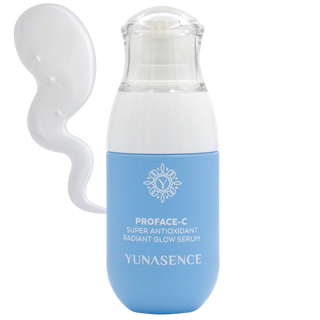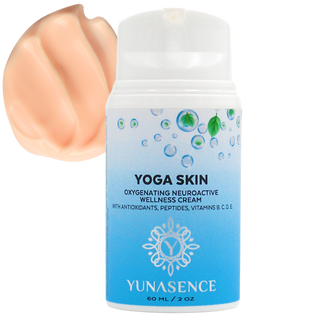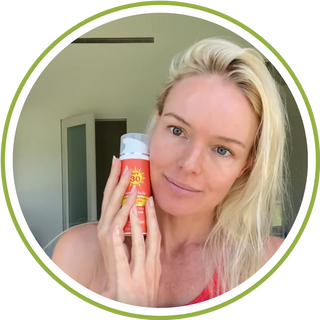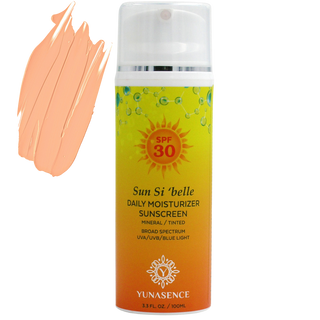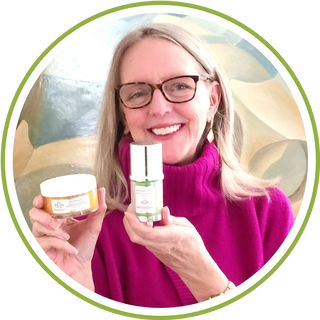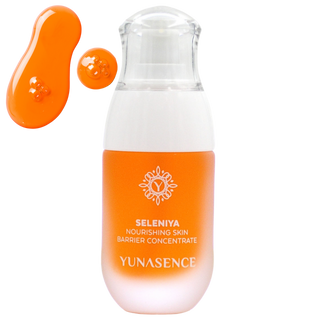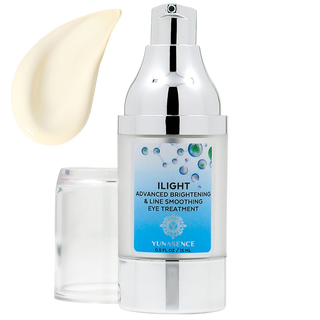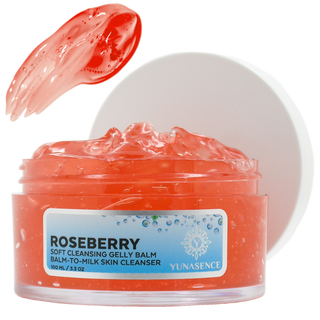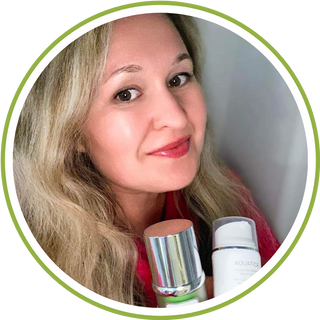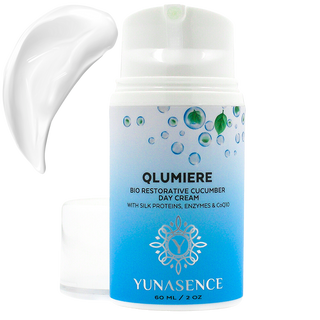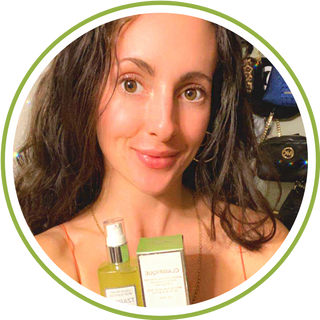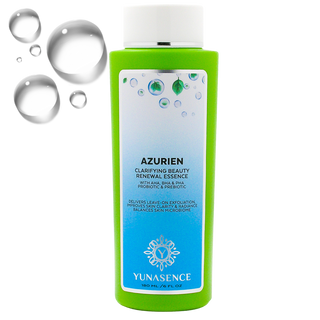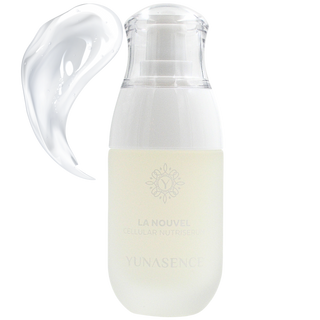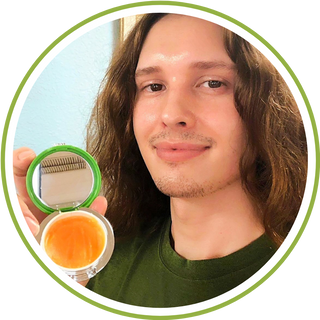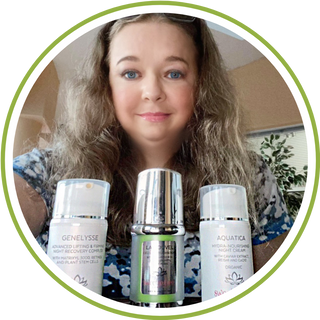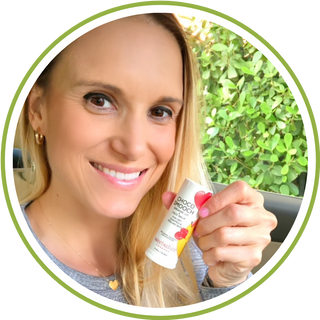Red Light Therapy Isn’t One-Size-Fits-All ✨
We all know red light and near-infrared therapy get tons of hype for collagen, glow, and anti-aging benefits. BUT - if you deal with hyperpigmentation, there’s an important caution most people never talk about.
Here’s why.
🟠 Red & infrared light increase cellular activity.
They can boost circulation, energy production, and healing. Great for some skin types… but with pigment-prone skin, that increased activity can sometimes stimulate melanocytes (the cells that produce pigment).
🟤 Hyperpigmentation loves triggers.
Anything that increases heat, inflammation, or stimulation - even very gentle forms - may push pigment cells to create more melanin. For some people, that means risk of darkening instead of brightening.
🔥 Infrared = heat.
Even though you don’t always feel it intensely, IR light can subtly warm the skin. Heat is a classic trigger for melasma and pigmentation flares.
Everyone’s skin reacts differently.
Some people with hyperpigmentation tolerate red light with zero problems, while others notice darkening within days. It’s not about the treatment being “bad” - it’s about how your skin behaves.
Bottom line:
Red and infrared light can be amazing tools, but they’re not automatically safe for pigment-sensitive skin. If you have melasma or stubborn dark spots, it’s worth being cautious, choosing wavelengths carefully, and checking with a skin professional who understands pigment conditions.
Your skin isn’t “one size fits all” - and your treatments shouldn’t be either.
| Wavelength Range | Light Type | Common Uses (General Literature) | Notes / Cautions |
|---|---|---|---|
| 415 nm (Blue) | Blue Light | • Acne (targets P. acnes bacteria) | Can be irritating for sensitive skin; minimal penetration. |
| 450–495 nm (Blue–Cyan) | Blue–Cyan | • Surface bacteria • Mild inflammation reduction | May increase sensitivity in some skin types. |
| 520–560 nm (Green) | Green Light | • Pigmentation concerns (surface) • Brightening | Limited deep penetration; heat-sensitive pigmentation may still be triggered by certain devices. |
| 590 nm (Amber/Yellow) | Yellow/Amber | • Redness • Skin rejuvenation • Lymphatic stimulation | Gentle option for sensitive skin; mild penetration. |
| 620–660 nm (Red) | Red Light | • Fine lines • Skin healing • Collagen support | May overstimulate melanocytes in hyperpigmentation-prone skin. |
| 810–850 nm (Near-Infrared / NIR) | Near-IR | • Deeper tissue healing • Circulation • Muscle + joint support | Produces more heat → not always ideal for melasma or heat-triggered pigmentation. |
| 940–1064 nm (Deep Near-Infrared) | Deep NIR / IR | • Deep collagen • Vascular support • Some device laser uses | Higher heat load; generally not used for pigment-sensitive skin without professional evaluation. |
Key Takeaways
-
Short wavelengths = surface action (acne, redness, mild pigment).
-
Longer wavelengths = deeper penetration, but also more heat - which can be a trigger for melasma, post-inflammatory hyperpigmentation (PIH), and other pigment conditions.
-
Even “non-thermal” LEDs can create mild stimulation that some pigment-prone skin types may react to.
-
Always consider heat sensitivity, melanocyte activity, and your skin’s history before choosing a wavelength.

